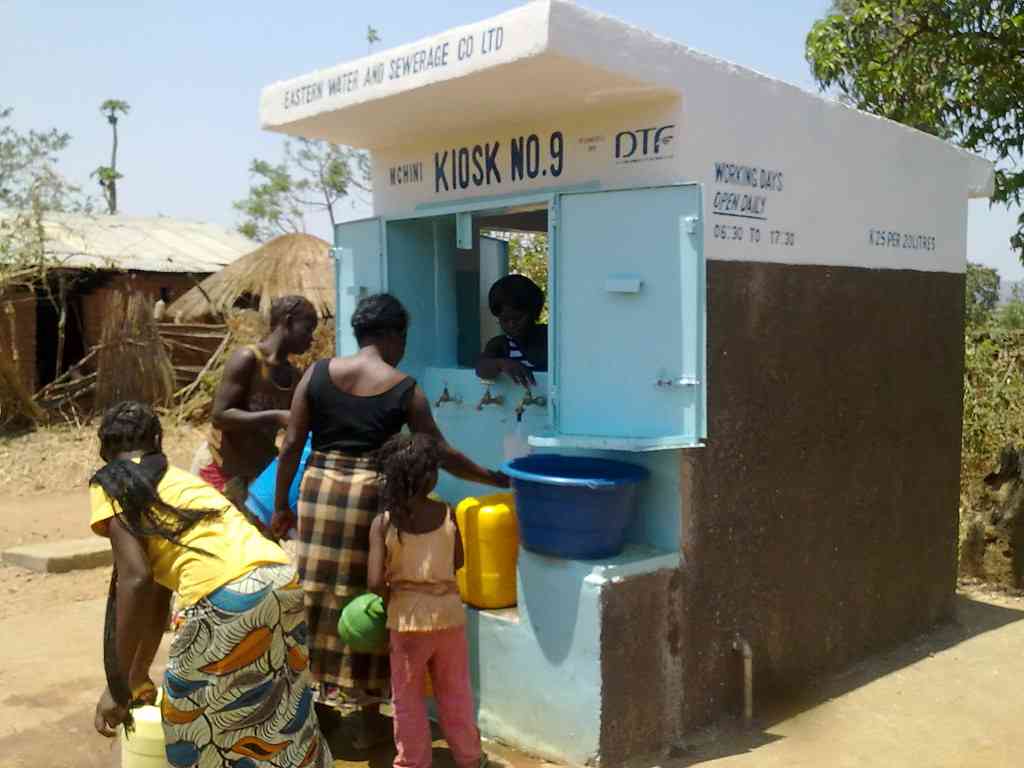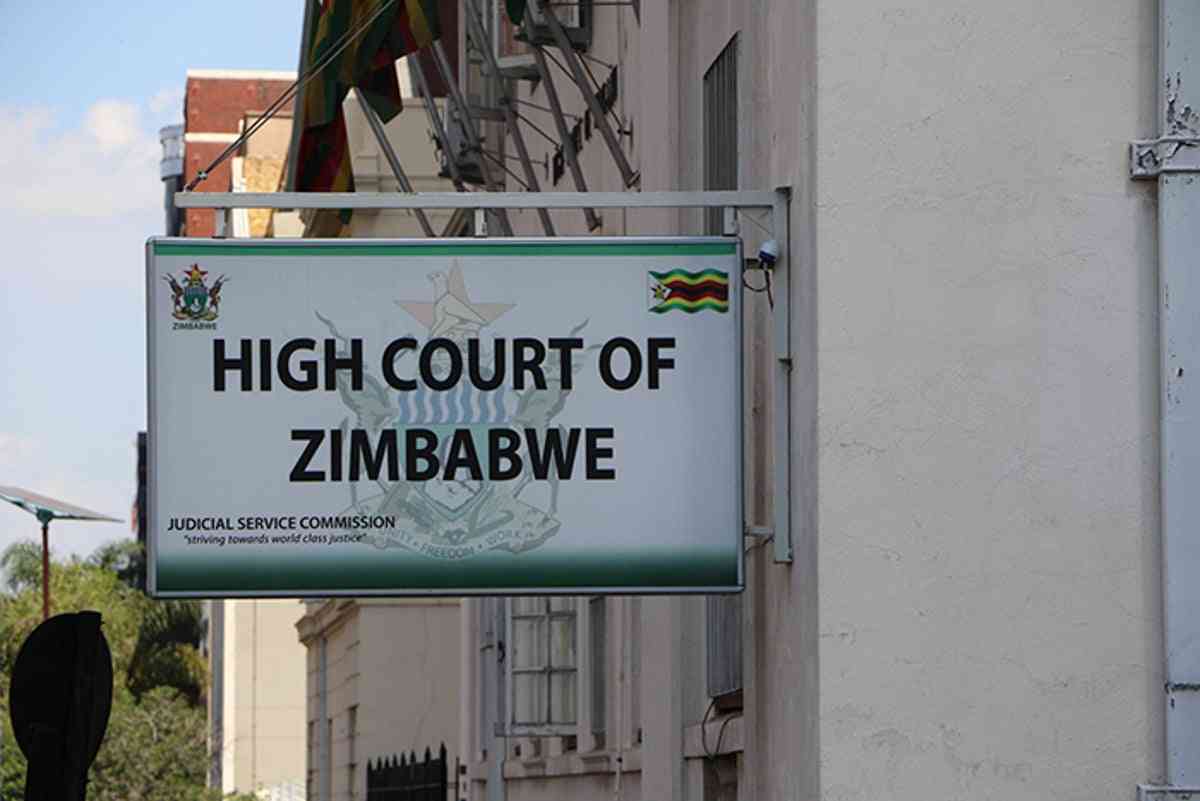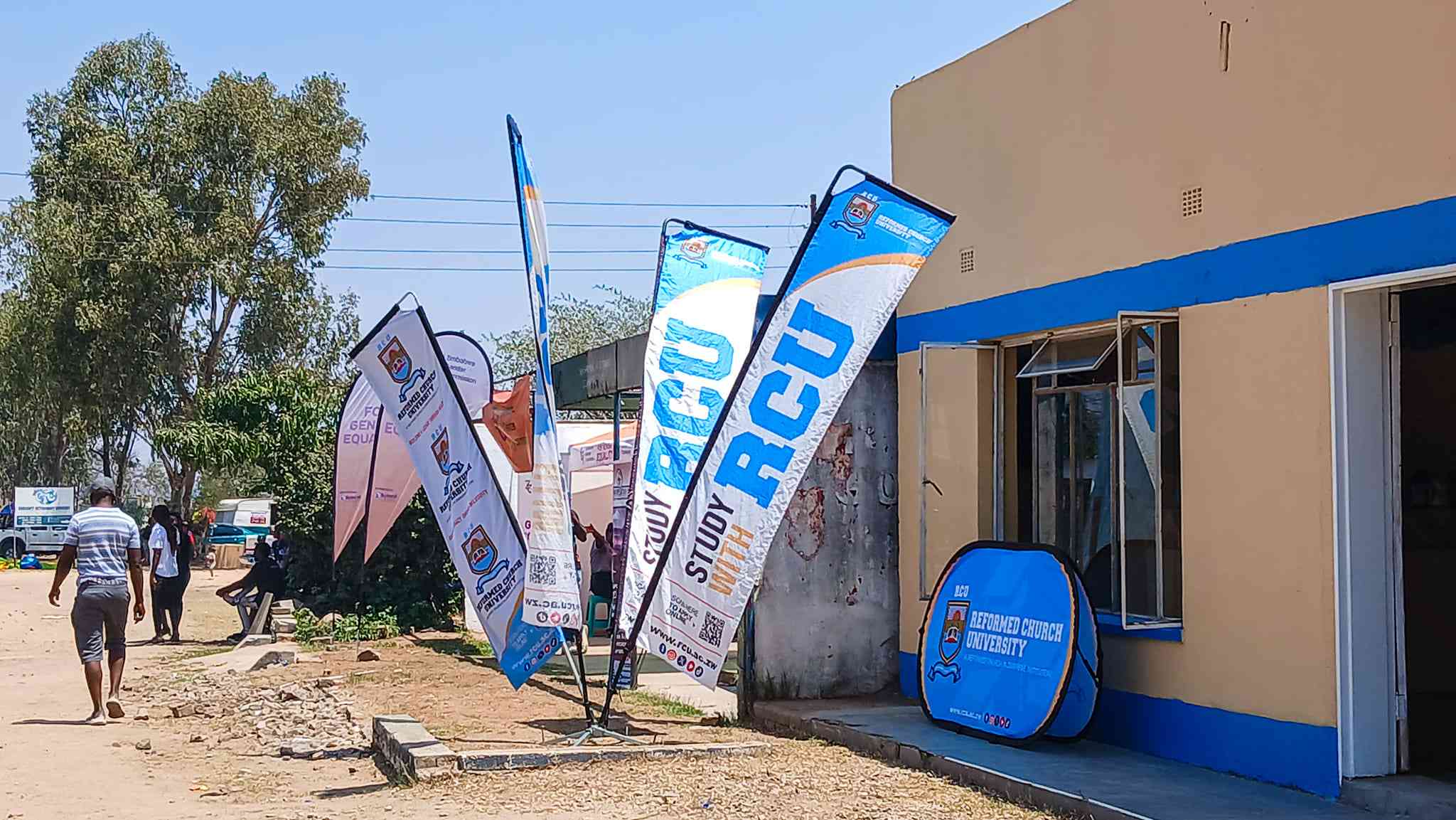
BULAWAYO water kiosks are empty with the local authority struggling to ensure they are filled up to meet demand as residents grapple with the worst water crisis in years.
Council established water kiosks in 2021 in a bid to address water shortages in the city, caused by low water levels at its supply dams.
The 2021 water crisis triggered a typhoid and dysentery outbreak that killed 13 and infected more than 1 800 residents in Luveve high-density suburb and surrounding areas.
Currently, residents are going for several days without water.
The council has so far decommissioned one of the supply dams, Umzingwane.
Council has warned that Upper Ncema and Lower Ncema will likely be decommissioned around August.
Councils senior public relations officer, Nesisa Mpofu, however, said the local authority is having problems with the water kiosks that are dependent on water insufficient bowsers.
“Water is ferried to some of the kiosks using bowsers with others connected to municipal supply,” she said.
- Council invites creatives to take part in festival
- Bulawayo pavement vendors’ days numbered
- Feature: Iconic Byo library crumbles as MPs feast on public funds
- Urgent panacea needed to end city’s water woes
Keep Reading
“The main challenges faced with water kiosks are that they are reliant on water being conveyed by bowsers as the city is also constrained with water tanker resources.”
The water kiosks were meant to address the water crisis.
There are 23 water kiosks installed across the city.
“The city has a complement of seven bowsers and three are functional, with two outsourced for repairs,” she said.
“Of the three functional ones, one is dedicated to bowsering water to clinics.
“The available bowsers are dedicated to supplement municipal water supply in communities.”
Government has refused to declare the city a water crisis area to enable the local authority to mobilise support from outside the country to alleviate the plight of residents.
The Matabeleland Zambezi Water Project is seen as the lasting solution to the water crisis.
In 1992, the late activist Arnold Payne became a household name when he pushed a wheelbarrow containing a 210 litre drum filled with water which he had drawn from Zambezi River to Harare to highlight the city’s water woes.
During the same year, he formed a trust called Operation Desperation Trust to raise funds for the water project but without success.
Council once toyed around with the idea of recycling heavily polluted water at Khami Dam, the first supply dam to be built for the city in 1927.
It was decommissioned in 1988 due to heavy pollution.
Council requires about US$26 million to purify the dam’s water for consumption, according to its estimates.









